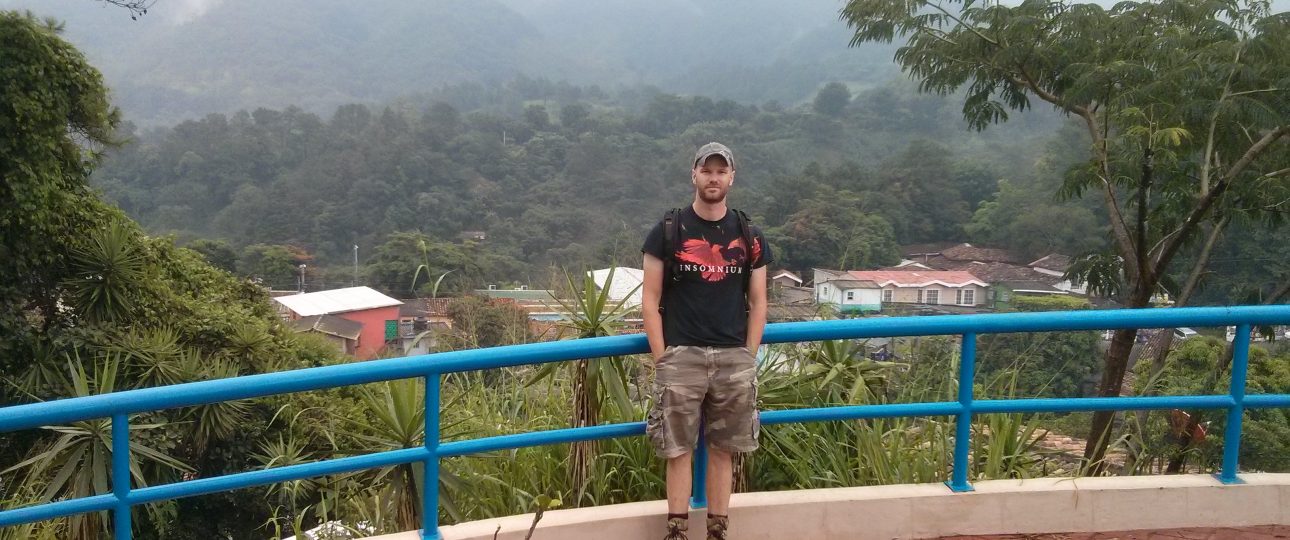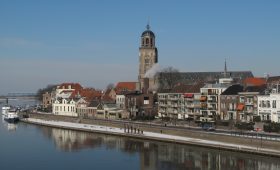Welcome to La Palma, El Salvador!
Getting There
Traveling to La Palma is straightforward. The closest international gateway is El Salvador International Airport in San Salvador. From there, you can rent a car or take a bus to La Palma. The journey takes about three hours, offering scenic views of El Salvador’s diverse landscapes.
Best Time to Visit
Plan your visit during the dry season, from November to April, for pleasant weather and clear skies. If you prefer lush greenery, the rainy season from May to October transforms the landscape, though expect occasional showers.
Local Transportation
La Palma is compact and best explored on foot. Stroll through the town’s pedestrian-friendly streets to discover vibrant murals, artisan shops, and engage with the welcoming locals.
Attractions
- The Church of San Sebastián: This 18th-century church is a fine example of Spanish colonial architecture. Its intricate details and serene atmosphere make it worth a visit.
- Cerro El Pital: Located 12 kilometers from La Palma, this peak is the highest point in El Salvador at 2,730 meters. It offers stunning views and a cool climate, perfect for hiking.
- Miramundo Forest: Just 13 kilometers from town, this forest sits at 2,400 meters and is known for its cool temperatures and beautiful landscapes.
- La Palma Handicrafts Market: Dive into local culture at this market, where you can find traditional crafts like woodwork, textiles, and pottery.
Local Cuisine
Sample the local flavors with dishes like pupusas, made from corn tortillas filled with cheese, beans, or meats. Pair them with horchata, a sweet rice drink, for a true taste of El Salvador.
Historical Context
La Palma has a rich history, playing a significant role in El Salvador’s civil war. In 1984, it hosted the first meeting between President José Napoleón Duarte and FMLN leaders, paving the way for the Peace Accords of Chapultepec.
Economy and Arts
The town’s economy thrives on arts and crafts, with around 100 craft factories, many exporting their goods. Agriculture, including coffee and vegetables, also plays a role, though coffee production has declined due to international competition.
La Palma offers a blend of natural beauty, cultural richness, and historical significance. Whether you’re exploring its landscapes or engaging with its history, this town provides a unique and enriching experience.




